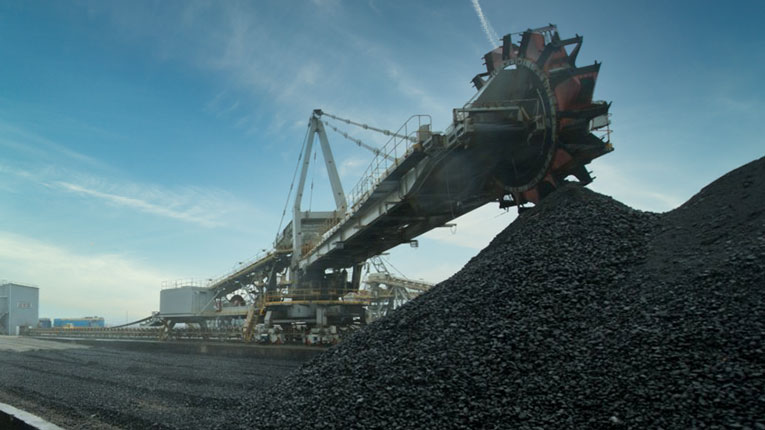The European Union consumed approximately 277 million tonnes of lignite in 2021, 26% less than in 2018, and 97% of total lignite consumption in the EU took place in six countries: Germany (46%), Poland (19%), The Czech Republic (11%), Bulgaria (10%), Romania (6%) and Greece (5%), according to data published by Eurostat.
The figures for lignite production and consumption are almost identical because lignite is almost always consumed in the countries where it is also produced, with very few cross-border transactions with lignite.
Also in 2021, the EU produced 57.2 million tonnes of black coal, 27% less than in 2018. The number of black coal-producing Member States fell from 13 countries in 1990 to just two Member States in 2021: Poland, responsible for 96% of total EU production, and the Czech Republic for the remaining 4%, according to Agerpres.
Poland (41%) and Germany (23%) accounted for almost two-thirds of total EU black coal consumption in 2021, followed by France, the Netherlands, Italy and the Czech Republic (each with a share of between 3% and 6%).
More than half of EU countries have an import dependency rate of more than 90% when it comes to black coal, but in the case of seven Member States (Greece, Luxembourg, Croatia, Romania, Cyprus, Belgium and Sweden) the import dependency rate is of more than 100%, which means that these states import more coal than they usually use to stock up.
In 2020, Russia supplied more than half (55.6%) of EU black coal imports, followed by the US (17.2%) and Australia (15.3%).
Eurostat data also show that in 2021 coal production and consumption in the EU increased compared to 2020, one of the reasons being the measures related to the COVID-19 pandemic. However, compared to 2018 figures, coal production and consumption in the EU has decreased, as is the case with both black coal and lignite.
